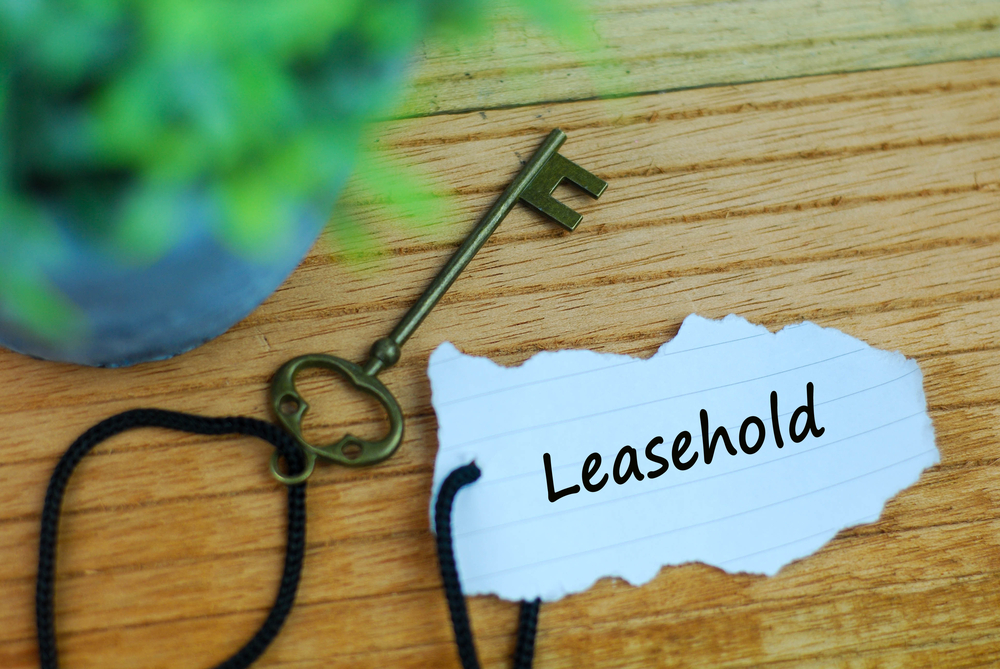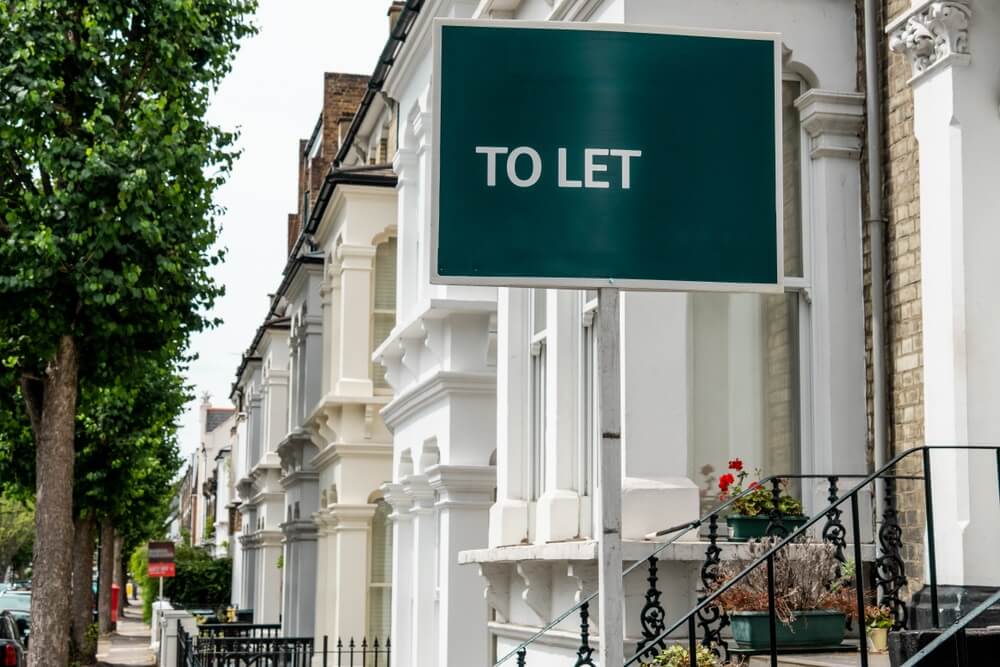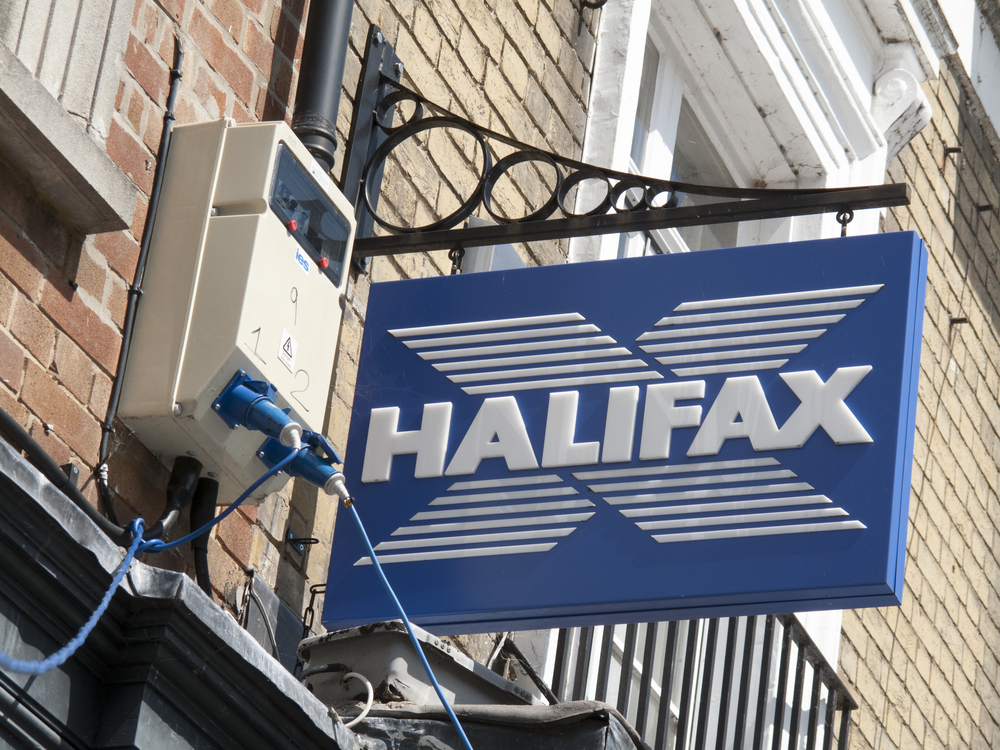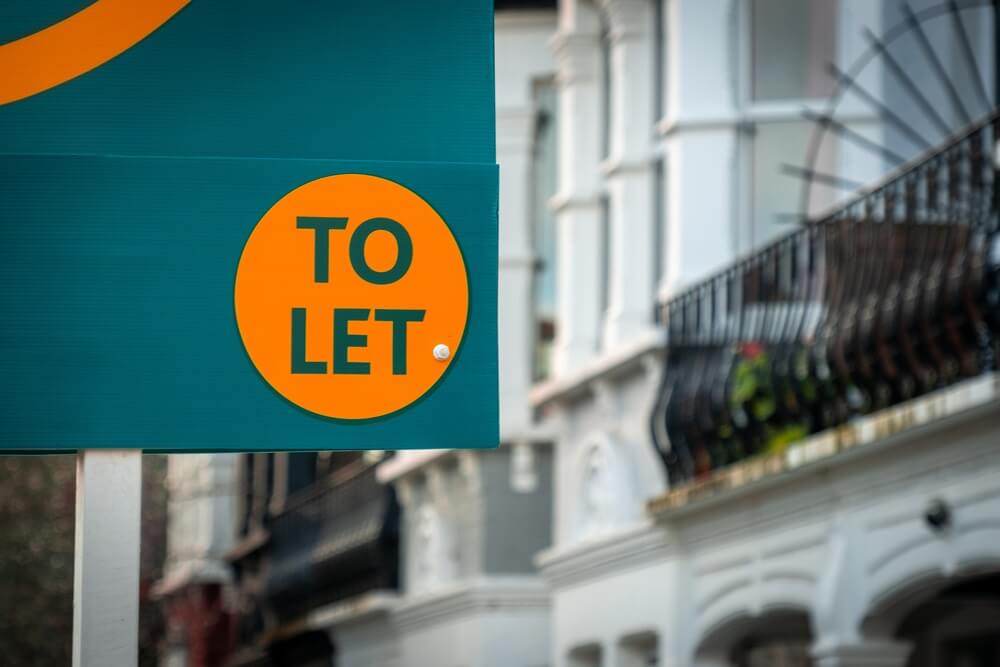Buy-to-let mortgages
A buy-to-let mortgage is a mortgage for purchasing residential property with the specific aim of letting the property to tenants in the private rented sector (PRS). The property itself is an investment asset on which the investor aims to earn a rental return and achieve capital gains as property prices rise over time.
[hr style=”single”]
[box style=”4″]
Many people like the sound of property investment. There is a strong belief in the UK that property is a safe investment. Some even think it’s a get rich quick scheme. Think again. It’s a big commitment and there are no guarantees that you will make money. Investing in property will mean that you become a landlord – a job that comes with responsibilities and hard work.
If that hasn’t put you off, one of the first questions you need to ask yourself is “why do I want to become a property investor?”
Obviously that question has many different answers but increasingly there are two reasons that stand out amongst those who have no plans to become professional landlords:
- I can’t sell my house and I need to move
- It will provide me with a good pension
[/box]
[hr style=”single”]
[col type=”one-third”]
Accidental landlords
Since the financial crisis of 2008 sparked the dreaded credit crunch, house prices have slumped and first-time buyers have struggled to get onto the property ladder. This has left many homeowners unable to sell their homes. Homeowners who find themselves in this position are increasingly considering letting out their homes in order to move on.
If you fall into this category and you want to buy another home it is likely that you will be looking at securing “let-to-buy” finance if you can show that the rental income on your home will more than cover the monthly mortgage payments – usually by around 125-130 per cent.
Of course, you will still need to provide a deposit for the new property, typically between 5-15 per cent. If you have sufficient equity in your existing home, it may be possible to refinance it to fund the deposit if you cannot find the money elsewhere. Lenders offering this type of mortgage have very specific lending criteria so it is essential to seek the advice of a mortgage broker who will be able to give you all the facts and help determine the best option for you.
If you don’t go down this financial route and still intend to rent out your home, you must get permission from your existing mortgage provider – this is called “consent to let”. You must also inform your buildings and contents insurer as you may need to change policy to ensure that you have the correct cover. Additionally, if your property is leasehold you must check that your lease has no restrictions on letting.
[/col]
[col type=”one-third”]
Alternative pension plan
If you believe that investing in property is a good way to build up your pension, here are a few things to consider.
If you don’t have a good credit rating, your property investment plans may come to nothing. Check your credit standing with one of main providers, such as Experian or Equifax so that you don’t get any nasty surprises further down the line.
Buying to let is a medium to long term investment strategy. If you can’t commit to owning property for at least 10 years, it’s probably not for you.
You will need a deposit. Although there are a few buy-to-let mortgages available up to 85 per cent loan-to-value, realistically you will be more likely to qualify for a mortgage in the 75 per cent LTV or lower range. Obviously the larger your deposit the better the interest rate you will be able to achieve.
Buy-to-let mortgages cost more than residential ones. This is because they are viewed as a business arrangement and not a personal one. As such they are not regulated by the Financial Services Authority. Remember to also factor in fees from the lender, valuer, solicitor and broker as these can add up to 2 per cent of the annualised cost of taking out a buy-to-let mortgage.
Do you want a repayment or interest-only mortgage? Many alternative pension property investors go for a repayment mortgage because they want to own the property outright at the end of the mortgage term.
The interest-only route is usually more popular with professional landlords because as the name suggests only the interest due is repaid on a monthly basis. The original loan amount is not repaid. It is therefore important for borrowers to have an exit strategy in place at the end of the mortgage term. The most popular exit strategies are selling the property or refinancing to pay off the loan.
[/col]
[col type=”one-third last”]
Talk to a broker
Whatever your reasons for wanting to invest in property, it is really important to do your research. If you need a buy-to-let mortgage in order to realise your plans, do take advice from a specialist buy-to-let mortgage broker. Not only can they save you valuable time and money, they also have access to buy-to-let mortgages that are not available directly to the public.
[/col]










 Buy-to-let
Buy-to-let










Add a comment